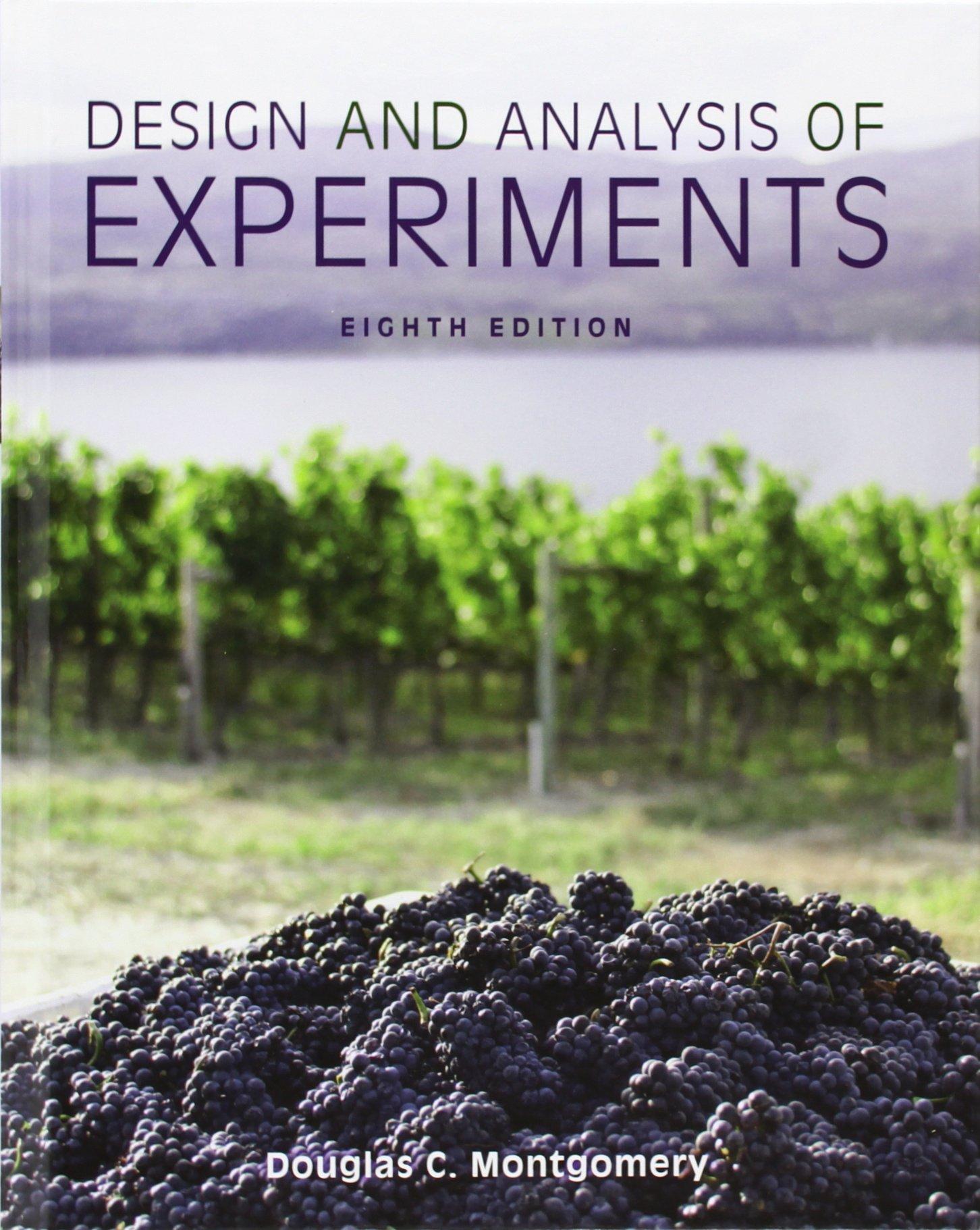2.29. Photoresist is a light-sensitive material applied to semiconductor wafers so that the circuit pattern can be
Question:
2.29. Photoresist is a light-sensitive material applied to semiconductor wafers so that the circuit pattern can be imaged on to the wafer. After application, the coated wafers are baked to remove the solvent in the photoresist mixture and to harden the resist. Here are measurements of photoresist thickness (in kA) for eight wafers baked at two different temperatures. Assume that all of the runs were made in random order.

(a) Is there evidence to support the claim that the higher baking temperature results in wafers with a lower mean photoresist thickness? Use ( $ 0.05.
(b) What is the P-value for the test conducted in part (a)?
(c) Find a 95 percent confidence interval on the difference in means. Provide a practical interpretation of this interval.
(d) Draw dot diagrams to assist in interpreting the results from this experiment.
(e) Check the assumption of normality of the photoresist thickness.
(f) Find the power of this test for detecting an actual difference in means of 2.5 kA.
(g) What sample size would be necessary to detect an actual difference in means of 1.5 kA with a power of at least 0.9?
Step by Step Answer:






